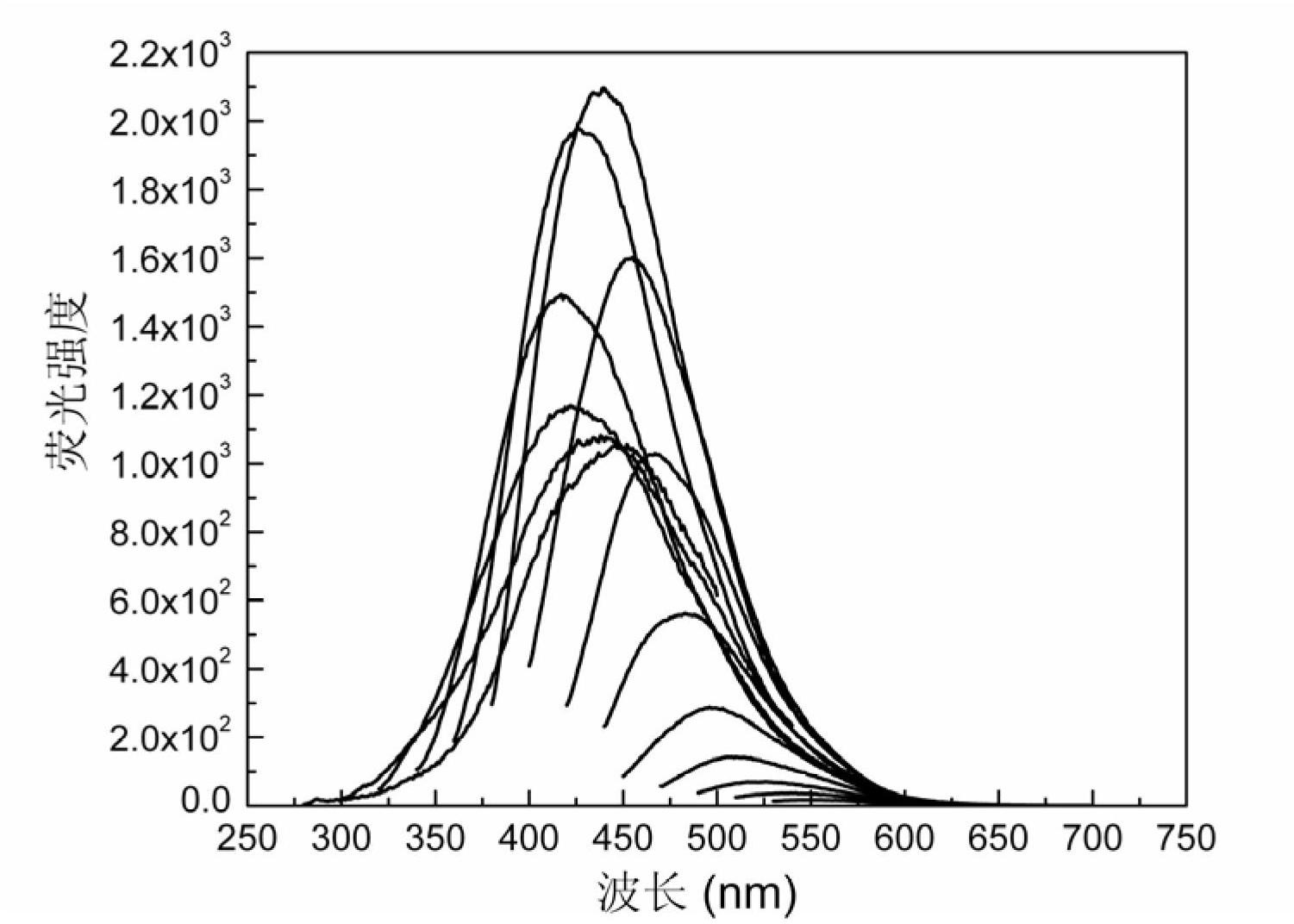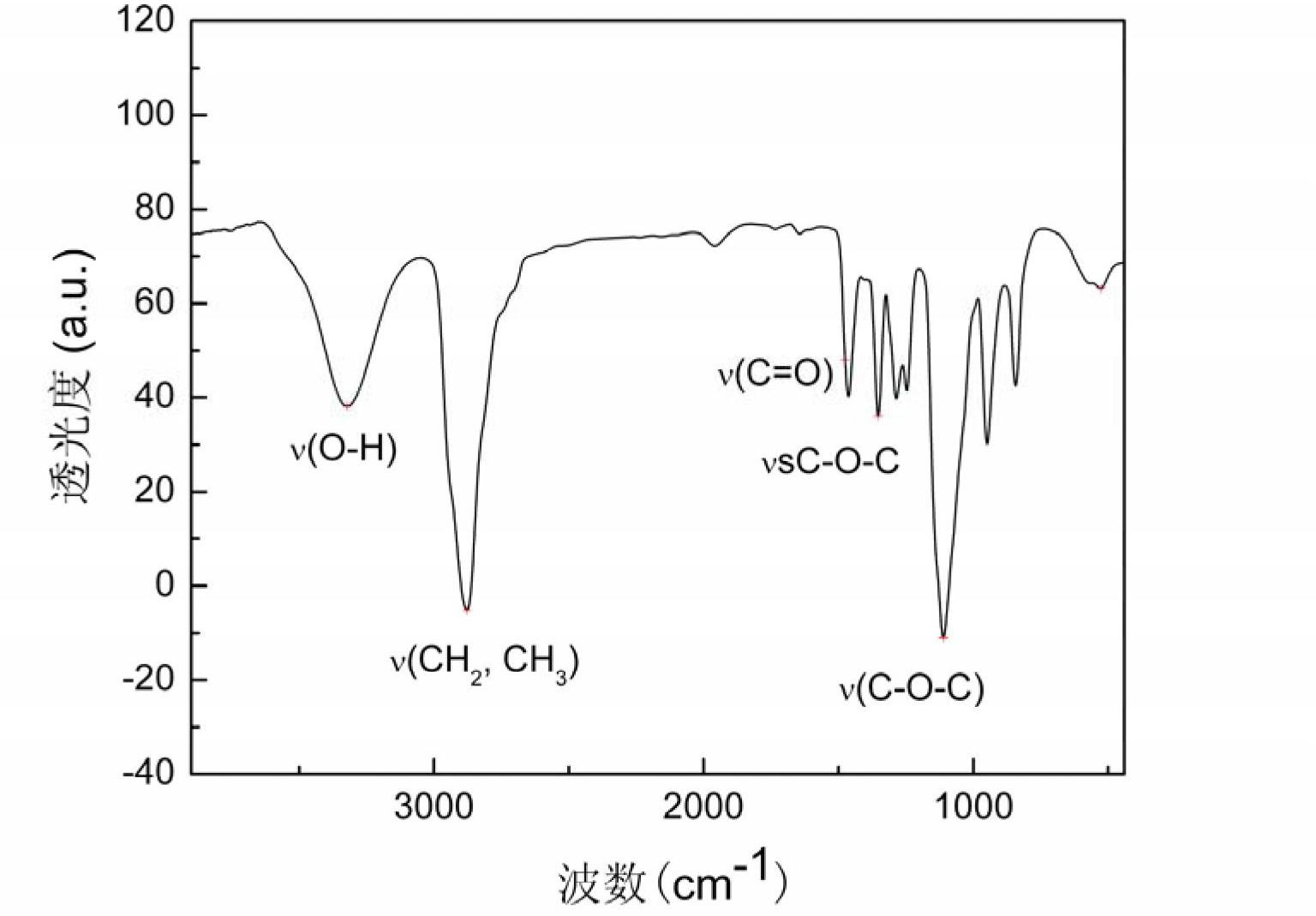Immunoassay based on carbon nanomaterial
A technology of carbon nanomaterials and immunoassays, which is used in material inspection products, biological tests, etc., to avoid preparation and storage problems and achieve good optical stability.
- Summary
- Abstract
- Description
- Claims
- Application Information
AI Technical Summary
Problems solved by technology
Method used
Image
Examples
Embodiment 1
[0018] 1. Synthesis of fluorescent carbon nanomaterials
[0019] Synthesize fluorescent carbon nanomaterials by microwave heating: mix 1.0g PEG1500 and 15mL glycerin, heat it with microwave for 1 minute to form a transparent viscous liquid, then add 0.5g serine as carbon source, and heat the mixture for 10 minutes with microwave, between reagents Crosslink each other to form carbon dots; after removing impurities by dialysis, store the carbon dots in a refrigerator at 4°C, or store the carbon dots after rotary evaporation to dryness.
[0020] Synthesis of fluorescent carbon nanomaterials by hydrothermal method: Mix 1.0g PEG1500, 15mL glycerin and 0.5g serine in a reaction kettle, seal and heat at 250°C for 3 hours; Store in a 4°C refrigerator.
[0021] No matter the fluorescent carbon nanomaterials synthesized by microwave heating method or hydrothermal method, the carbon dots have the same properties; figure 1 It is the fluorescence spectrum diagram of carbon dots. From lef...
Embodiment 2
[0033] Competitive reaction mode immune response and its immunodetection:
[0034] In this embodiment, the samples to be tested are disease markers. Specifically, they are macromolecular disease markers such as tumor markers CA153, CEA, and AFP, or small molecular compounds such as triiodothyronine, estradiol, and estriol.
[0035] First, use a method similar to step 3 in Example 1 to bind anti-small molecule antibodies (such as anti-triiodothyronine antibodies) to magnetic particles; then use a method similar to step 2 in Example 1 to bind small molecule standards The substance triiodothyronine is labeled with carbon dots; then the antibody magnetic particle complex, the carbon dot-labeled triiodothyronine (immune carbon dots), and the sample solution to be tested are added to the reactor for competition reaction After 1 hour, immune complexes were formed, and the immune complexes were separated using a magnetic separator. The oxidizing reagent cerium sulfate or potassium p...
PUM
 Login to View More
Login to View More Abstract
Description
Claims
Application Information
 Login to View More
Login to View More - R&D
- Intellectual Property
- Life Sciences
- Materials
- Tech Scout
- Unparalleled Data Quality
- Higher Quality Content
- 60% Fewer Hallucinations
Browse by: Latest US Patents, China's latest patents, Technical Efficacy Thesaurus, Application Domain, Technology Topic, Popular Technical Reports.
© 2025 PatSnap. All rights reserved.Legal|Privacy policy|Modern Slavery Act Transparency Statement|Sitemap|About US| Contact US: help@patsnap.com



